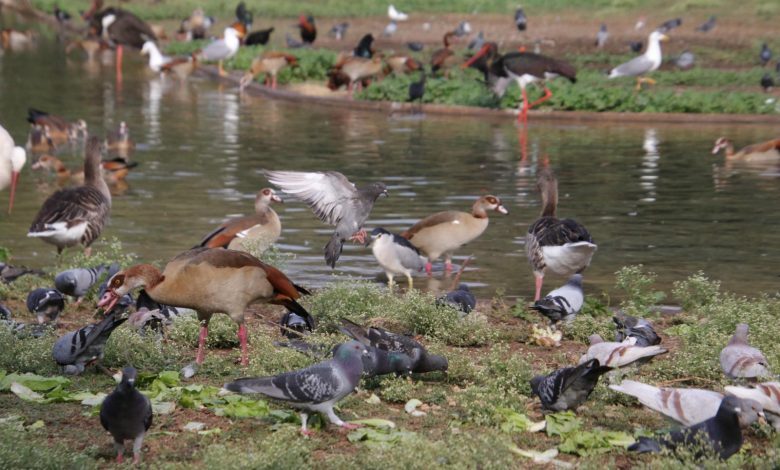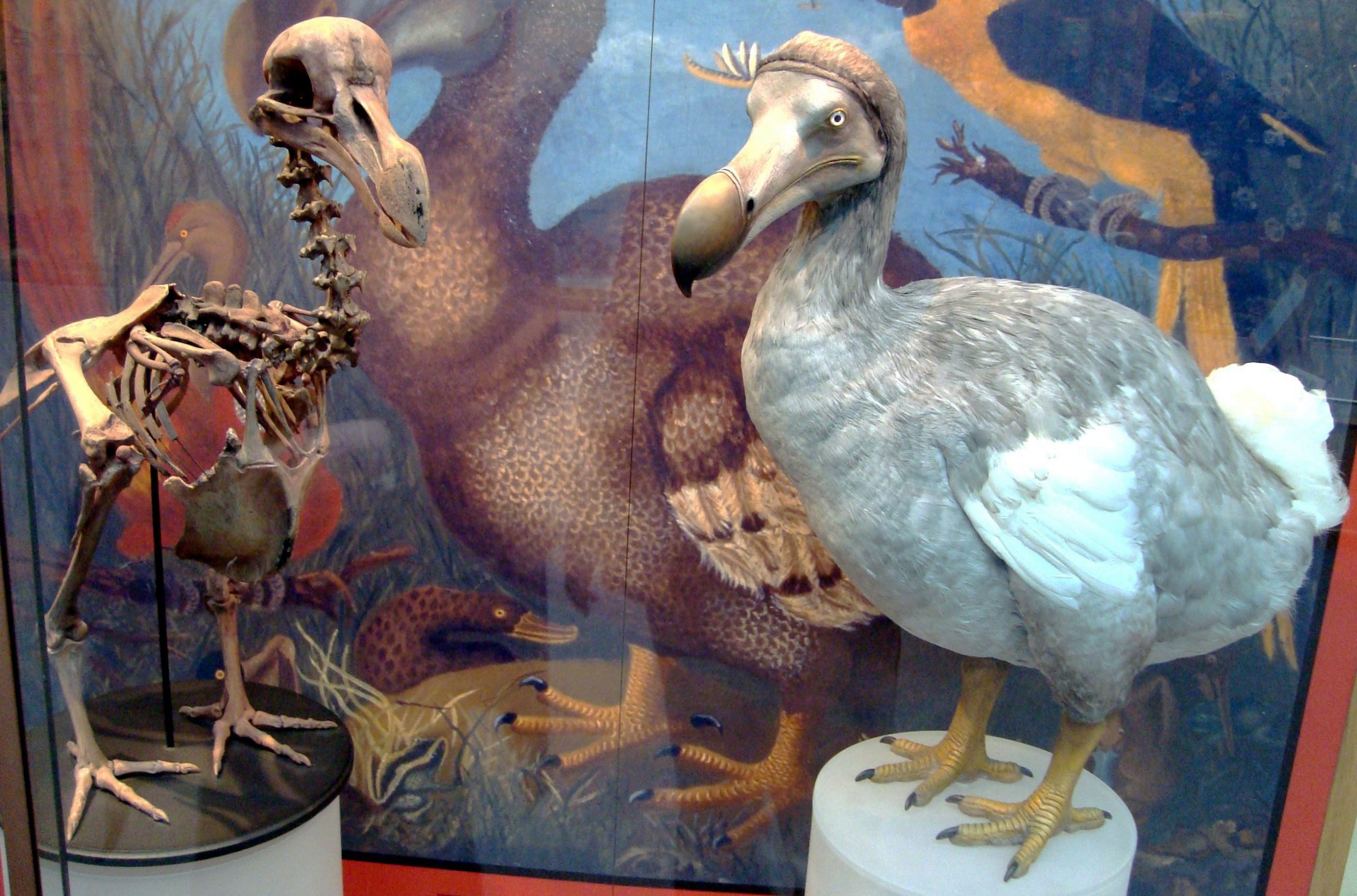
Lead image: Bird species at the Zoological Garden. Credit: Tel Aviv University
There are hardly any habitats on Earth that have not been affected by humans yet. As we modify and reshape the land around us, we also damage or even destroy natural habitat that is crucial for birds. The habitats we create instead, such as farms and cities, are more often than not poor substitutes for the habitats they supplant, supporting a lower diversity of bird species.
Most people are familiar with the phrase, “Dead as a dodo.” They were flightless birds that were endemic to the island of Mauritius and were hunted into extinction within 100 years. This is common knowledge as it has been spoken about for few centuries. However, scientists report that humans have done this to several species of birds. According to a new study, birds have experienced a major extinction event caused primarily by human beings in the last 20,000-50,000 years.
At the same time, climate change is now also a problem, as it threatens to exacerbate the damage from habitat loss, creating new challenges that birds must overcome. This includes changing habitat distributions and a shift in the timing of food supplies that birds rely on — which, especially for migratory birds, is a big problem.
A new study from Tel Aviv University and the Weizmann Institute revealed that over the last 20,000-50,000 years birds have undergone a major extinction event, inflicted chiefly by humans, which caused the disappearance of about 10%-20% of all avian species. According to the researchers, the vast majority of the extinct species shared several features: they were large, they lived on islands, and many of them were flightless.

The study was led by Prof. Shai Meiri of the School of Zoology at the George S. Wise Faculty of Life Sciences and the Steinhardt Museum of Natural History at Tel Aviv University, and Amir Fromm of the Weizmann Institute of Science. The paper was published in the Journal of Biogeography.
Prof. Meiri: “We conducted a comprehensive review of scientific literature, and for the first time collected quantitative data on the numbers and traits of extinct species of birds worldwide. Those that became extinct in the last 300 years or so are relatively well known, while earlier species are known to science from remains found in archaeological and paleontological sites worldwide. Altogether we were able to list 469 avian species that became extinct over the last 50,000 years, but we believe that the real number is much higher.”
The researchers think that the vast extinction was caused primarily by humans, who hunted the birds for food, or by animals brought to islands by humans – that fed on the birds and/or their eggs. This assumption is based mainly on two facts: First, the greater part of bird remains were found on human sites, apparently belonging to birds consumed by the inhabitants. Second, in most cases the extinctions occurred a short time after the arrival of humans.
The researchers also found that extinction was not random, as most extinct species shared three major features:
- About 90% of them lived on islands. When humans arrived on the island, the birds were hunted by them, or fell victim to other animals introduced by humans, such as pigs, rats, monkeys, and cats.
- Most extinct bird species were large, some very large. Consequently, since each bird provided humans with a great quantity of food, they were a preferred target for hunters. In fact, the body mass of the extinct species was found to be up to 10 times as large as that of surviving species. Previous studies have found a similar phenomenon among mammals and reptiles, especially lizards and turtles that lived on islands: the larger ones were hunted by humans and became extinct.
- A large portion of the extinct bird species were flightless, and often unable to escape their pursuers. The study found that the number of flightless bird species that became extinct is double the number of flightless species still existing today; all in all, 68% of the flightless bird species known to science became extinct. One of the better-known examples is the moa bird in New Zealand: 11 species of moa became extinct within 300 hundred years, due to hunting by humans
Prof. Meiri: “Our study indicates that before the major extinction event of the past millennia, many more large, even giant, as well as flightless avian lived on our globe, and the diversity of birds living on islands was much greater than today. We hope that our findings can serve as warning signals regarding bird species currently threatened with extinction, and it is therefore important to check whether they have similar features. It must be noted, however, that conditions have changed considerably, and today the main cause for extinction of species by humans is not hunting but rather the destruction of natural habitats.”
Reference: “Big, flightless, insular and dead: Characterising the extinct birds of the Quaternary” by Amir Fromm and Shai Meiri, 3 July 2021, Journal of Biogeography.
DOI: 10.1111/jbi.14206





